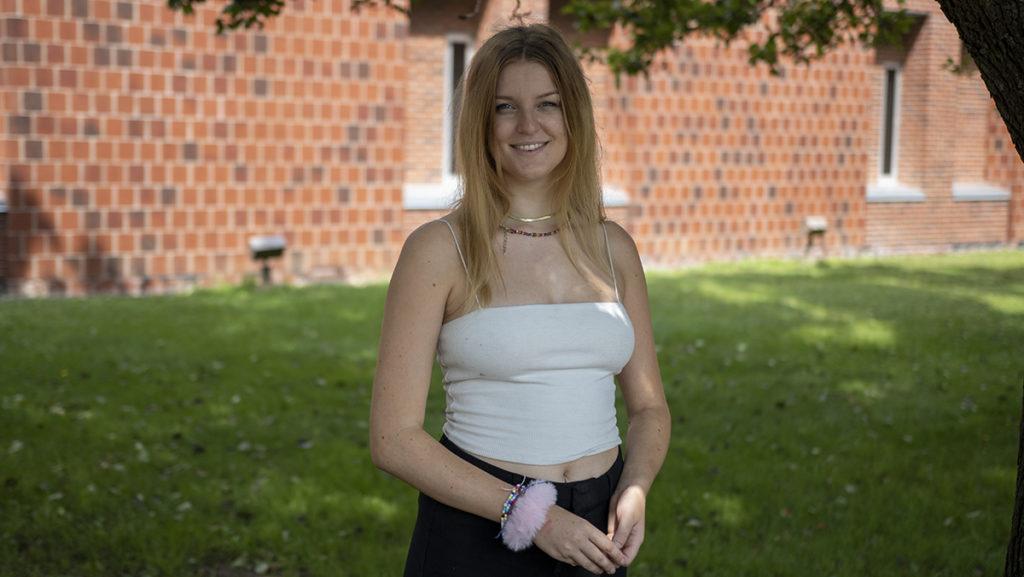In an effort to combine by love of exploring and learning things, I’m going to be doing the same thing while I’m abroad—but with a feminist twist (the internet loves the feminist take on things, right?)
The Imperial War Museum’s exhibit featuring Lee Miller’s photography based in London, UK, highlighted the experience of World War II from the eyes of women. It’s been interesting to learn about World War II in the UK and in a space where the war actually took place. The war happened in the backyards of the people of London—this exhibit showcased the damage, and the impact it had on women’s lives.
When it comes to war, we oftentimes focus on the men who fight and forget about the women who did the dirty work back home or who fought themselves. We forget the working-class women who worked round the clock in dangerous conditions.
Unfortunately, I wasn’t allowed to take pictures, but the exhibit also depicted class differences and showed how the war greatly impacted working-class women over upper-class women. For example, one image showed two women posing in hats. Hats were eventually taxed to save materials for the war effort, so only certain women could afford them. These images were positioned next to women working in factories manufacturing weapons for the war. Other images so trauma, destroyed homes, and damage from working in unsafe conditions. It effectively captured the complexity of the time and the varying impact it had on different kinds of women.
The exhibit also exemplified the ways in which women’s social roles were changing because of the war. They transitioned from being unable to work outside the home to making up the majority of workforce. The war facilitated more interactions between men and women that weren’t as socially accepted before. It changed norms in a sense.
At the same time, I noticed that some gender norms were still reinforced and the way these women were portrayed in the display both challenged and conformed to them. What I mean is, women were still responsible for taking on the housework and familiar responsibilities (in addition to working). Most of their work was also more of the grunt work for the war which they weren’t always given credit for—which is why I appreciate that this exhibit highlighted that experience. Women were put in action roles, operating radios, serving as nurses, caring for children, and standing among damage. They were both impacted by and strong participants in the war—they weren’t side characters.
The display also worked against the male gaze because it was done by women and showcased only women. The photographs enabled the public to see the war from the eyes of women—literally. Some of the photos wouldn’t have been taken otherwise. We were able to see the women’s washroom and other intimate moments of these women’s lives that we wouldn’t have seen otherwise.
I also appreciated the way female sexuality was embraced and captured. Several images depicted women as sexual beings in a way that wasn’t objectifying, but a protest of the constraints on women at the time. The fact that naked women were shown also showed changing social perceptions about women. In one image, a woman named Lee Miller depicted herself half-naked with her arms pinned up behind her, representing the way in which women are pinned down by both war, their sexuality, and the surrounding culture.
This exhibit captured women’s experience and role in World War II in a unique, dynamic way that I strongly recommend. I can’t wait to discover more spaces that highlights the voices and lives of women throughout London and beyond.





